Last updated on April 11th, 2024 at 07:19 pm
Surf fishing is my favorite type of fishing. Catching fish while standing on the beach or wading in the surf is both thrilling and therapeutic. But if you are going to be wading in the surf, you should wear a personal floatation device (life jacket).
You will encounter waves, currents, and sometimes unpredictable weather. Because of these elements, you could find yourself getting swept off your feet or knocked down by a wave and find yourself in a potentially dangerous situation.
QUICK LOOK:
Surf fishing is fun but it can also be dangerous. Wading into the surf you will be dealing with waves and currents that can knock you off your feet and sweep you out to sea without warning. A personal flotation device can mean the difference between a scary story and a tragedy. There are PFDs specifically designed for fishing. Choose one that is comfortable allows you to cast and retrieve easily and is rated to support your weight. If you’re going to be wading the surf, please wear your PFD, and if at all possible, never go fishing alone.
Surf Fishing is a fun and exciting sport but it’s important to ensure that you stay safe while enjoying the adventure. And that’s where personal flotation devices (PFDs) come into play. They can quite literally be a lifesaver, providing buoyancy and helping you remain afloat in case of an accident or if you become fatigued in the water.
Personal Flotation Device or Life Jacket?
What exactly is a Personal Flotation Device or PFD?
A personal flotation device (PFD; also referred to as a life jacket, life preserver, life belt, Mae West, life vest, life saver, cork jacket, buoyancy aid or flotation suit) is a flotation device in the form of a vest or suit that is worn by a user to prevent the wearer from drowning in a body of water. The device will keep the wearer afloat with their head and mouth above the surface – they do not have to swim or tread water in order to stay afloat and can even be unconscious.
What is difference between PFD and life jacket?
A PFD differs from lifejacket because: it may be more comfortable because it is designed for constant wear. is lighter, less bulky, and may be designed for specific sport activities. usually offers less flotation than a lifejacket.
Safety might not be the first thing on your mind when you’re excited about catching fish, but considering the unpredictable nature of the sea, it should be at the top of your list. Being prepared with a suitable PFD can make all the difference.
A PFD is a mandatory safety requirement in many places, and it’s a practical measure that can provide peace of mind for you and your loved ones. Understanding its purpose and effectiveness is the key to choosing a PFD for surf fishing.
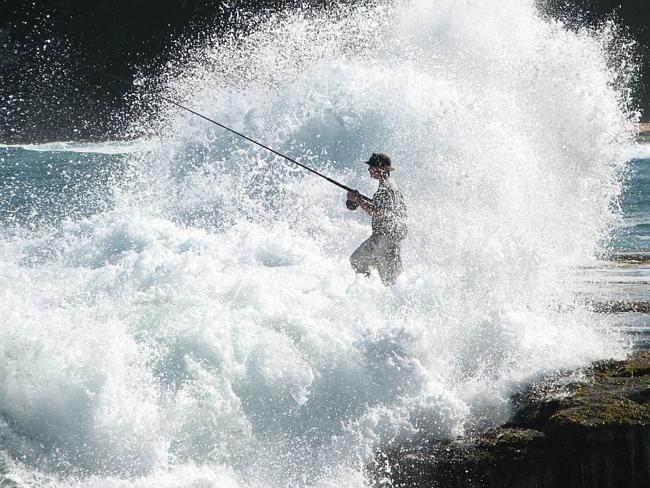
The life jacket you might use for boating or kayaking may not be the best fit for surf fishing, where you need more mobility and comfort for long hours. Follow along as we outline the various types of personal flotation devices suitable for surf fishing.
You’ll discover what to look for in terms of features and how to choose a PFD that doesn’t just keep you safe but is also designed for fishing and will enhance your fishing success.
Types and Features of Personal Flotation Devices for Surf Fishing
Let’s talk about the specific types and features of personal flotation devices (PFDs) designed for the unique demands of surf fishing. Surf fishing can involve wading into the surf among the waves and currents, significantly increasing the risk of an unexpected plunge. Therefore, the PFD you choose must be suitable for both your fishing activity and the unique aquatic environment of surf fishing.
There are three main types of PFDs: off-shore life jackets, near-shore buoyant vests, and inflatable life vests. Off-shore life jackets, or Type I PFDs, are tailored for rough or remote waters where rescue may be slow in coming. They’re highly buoyant and designed to turn most unconscious wearers face up in the water.
Near-shore vests, or Type II PFDs, are intended for calmer, inshore waters where quick rescue is more likely. Lastly, inflatable life vests, which can be manual or automatic, are lightweight and comfortable, making them an increasingly popular choice among surf anglers.
When choosing a PFD for surf fishing, consider these vital features: buoyancy, fit, mobility, and visibility. Buoyancy is crucial—look for a PFD rated for your weight and the water conditions you’ll face.
Fit is just as essential; your PFD shouldn’t impede your casting or reeling-in movements. Mobility is a key factor, too. You need to be able to move freely, so look for PFDs with large armholes or adjustable straps. Visibility is often overlooked, but a brightly colored PFD can be a lifesaver in an emergency by making you more visible to rescuers and fellow anglers.
You might be wondering if it’s really necessary to have a PFD equipped with all these features for surf fishing. I’m going to tell you right now, safety isn’t the place to compromise. The ocean can be unpredictable, and having the right PFD can make all the difference in survival. Balancing features with comfort will help ensure you’re both safe and able to enjoy your time surf fishing.
Examples of Fishing PFDs
Frequently Asked Questions About Personal Flotation Devices for Surf Fishing
Now that you’re familiar with the various types and features of PFDs for surf fishing, you might have several questions in mind. Here, I’m going to tackle the most common queries anglers have about these lifesaving devices.

What are the laws regarding PFDs while surf fishing?
It’s crucial to know that regulations can vary by location. Generally, the United States Coast Guard requires PFDs on boats, but specific rules for wearing them while surf fishing depend on state laws. Always check local regulations before hitting the beach.
How do I choose the right size PFD for surf fishing?
I can’t stress enough that the right fit is critical for effectiveness and comfort. A PFD should be snug but not restrictive, allowing you to move freely. Look for adjustable straps and try several sizes to find your best match.
Can PFDs make it harder to cast and move freely?
You’re going to find out about PFDs designed with anglers in mind, offering ample arm movement and flexibility. High-back designs work well with surf fishing chairs, and the newer inflatable PFDs provide less bulk and restriction.
What is the expected lifespan of a surf fishing PFD?
PFDs typically last for several years if properly maintained. Manufacturers often suggest replacing them after 5-10 years, but this depends on usage and exposure to the elements. Regular inspection for wear and tear is key to determining life expectancy.
How does weather affect the use of PFDs in surf fishing?
Indeed, weather plays a role. On calm days, you may opt for a lighter, more comfortable PFD, but when conditions are rough, a more robust PFD with additional safety features might be the wiser choice.
When it comes to safety, it’s not just about knowing the answers to these questions; it’s also about how you apply this knowledge. Next, we’ll look at some practical tips for wearing and maintaining your personal flotation device, ensuring you’re always ready for a safe and enjoyable surf fishing experience
Practical Tips for Wearing and Maintaining Your Personal Flotation Device
The following tips will walk you through the best practices for getting the most out of your personal flotation device (PFD) while surf fishing. Choosing the right PFD is just the start; knowing how to wear and maintain it is equally critical for your safety.
Wearing your PFD correctly is crucial. Adjust the straps for a snug fit that doesn’t restrict breathing. If you can’t draw a deep breath comfortably, loosen it a tad. But don’t let it ride up over your chin or ears—this could be dangerous if you’re washed into the surf.
You should be able to cast and retrieve your line comfortably and without restriction. Your choice of personal floatation device should be as light as possible while still providing adequate floatation. It should be as comfortable as possible for a full day of fishing.
Maintenance isn’t complicated, but it’s essential. After each use, rinse your PFD with fresh water to remove salt, sand, and other contaminants. Let it air dry completely before stowing it away; mildew can weaken materials over time.
Inspect your PFD regularly for rips, tears, and buoyancy issues. The foam inside can degrade, so give it a squeeze to ensure it’s still firm and hasn’t taken on water. At the first sign of wear, consider a replacement to stay safe.
Storage is simple but often overlooked. Avoid leaving your PFD in direct sunlight when not in use as UV rays can degrade the fabric. Also, ensure it’s stored in a dry place — damp environments can lead to mildew and a reduction in buoyancy over time.
Stories of Personal Flotation Devices and Surf Fishing
Imagine battling not just the pull of a big fish, but also the surge of the waves and flow of the current, when suddenly, the unexpected happens. It happens, every year numerous unsuspecting anglers face such trials by water and live to tell the tale, thanks to their PFDs. These aren’t just stories; they are stark reminders of how quickly a relaxing fishing trip can turn life-threatening.
Take, for instance, the story of a seasoned surfcaster. He was wading the surf in the first gut near the shore, focused on his fishing when a rogue wave caught him off guard and knocked him off his feet. Swept offshore and disoriented, it was his PFD that kept him afloat until he could regain control and make his way back to safety.
In another close call, a group of friends were surf fishing during what appeared to be ideal conditions. However, conditions can change rapidly, and when a strong riptide developed, one angler was swept away from the shore. His PFD not only saved his life but also helped rescuers to spot him quickly in the churning waters.
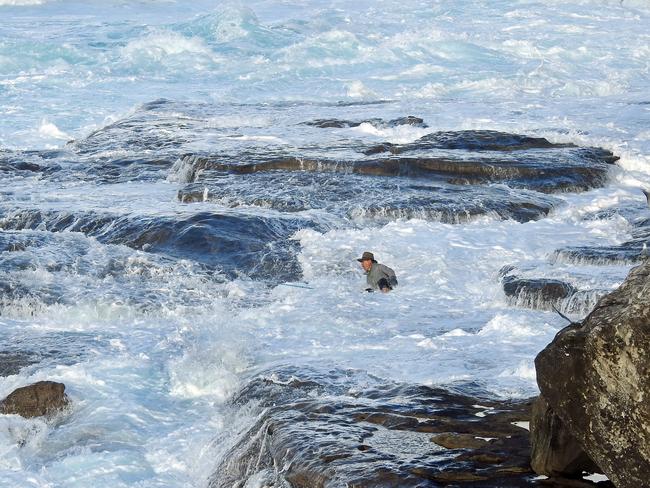
I’ve been swept off my feet by a rip current as well. Except I wasn’t wearing a personal flotation device. I was very fortunate and I remembered to stay calm and not try to swim against the current. I swam perpendicular to the current until safely out of its flow. Then I was able to swim back to shallow water. A scary situation that could have turned deadly. That’s why I recommend a PFD for anyone who will be wading the surf.
One of my favorite surf fishing destinations, San Luis Pass near Galveston Texas, is known for being one of the most deadly in the state. Every year, sometimes multiple times per year, someone gets swept out to sea by the strong currents in the Pass. And, sadly, many (13 between 2013 and 2020) do not survive the experience. The common denominator in those tragedies: they weren’t wearing a personal flotation device.
These experiences don’t just highlight the survival aspect of PFDs; they’re graphic evidence of their life-saving power. Anglers, like me, who have gone through these frightening situations often become vocal advocates for PFD use, encouraging others to never underestimate the ocean.
Wearing a PFD is a simple and very effective way to respect the unpredictability of the waves and currents along the beachfront. While these stories celebrate survival, they segue perfectly into an equally important conversation: the broader ethical and social responsibility we hold as part of the surf fishing community.
Choose to be Safe and Wear a Personal Flotation Device While Surf Fishing.
When you choose to wear a PFD, you’re acknowledging the inherent risks of surf fishing. Surf conditions can change rapidly, and a decision to fish without a personal flotation device can escalate into a life-threatening situation. By prioritizing safety, you demonstrate responsibility, potentially inspiring others to follow suit, and you might just save your own life.
KEY TAKEAWAYS:
So, what’s the takeaway here? Surf fishing without a PFD isn’t a sign of experience or bravado; it’s an avoidable and unnecessary risk. Investing in and wearing the appropriate personal flotation device is an investment in your safety and there are some designed specifically for fishing. Remember, you only get one life. There are no do-overs and you cannot undo a tragedy. But you can do everything in your power to prevent it.
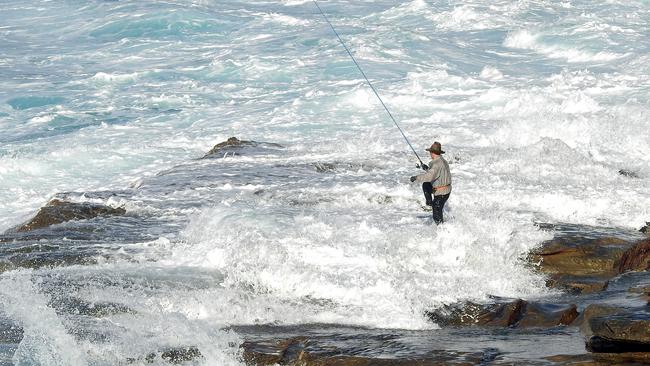
I hope that you remember this next time you gear up for surf fishing. Safety should be a part of every angler’s game plan, and personal flotation devices are a vital component. Remember, choosing a PFD is about leading by example and safeguarding your time on the water for many seasons to come.
As always, stay safe, enjoy the journey and please try to leave it cleaner than you found it. If you have any comments, questions, ideas, or suggestions please leave them in the comment section below and I’ll get back to you ASAP. You can follow us on Facebook: Rex The Beach Angler, Instagram: thebeachangler7, Twitter: @AnglerBeach, and YouTube: Man Art Creations.
P.S. – Thanks so much for checking out our blog we really appreciate it. Just so you know, we may receive a commission if you click on some of the links that appear on our site. This helps us keep our content free and up-to-date for everyone. We appreciate your support!
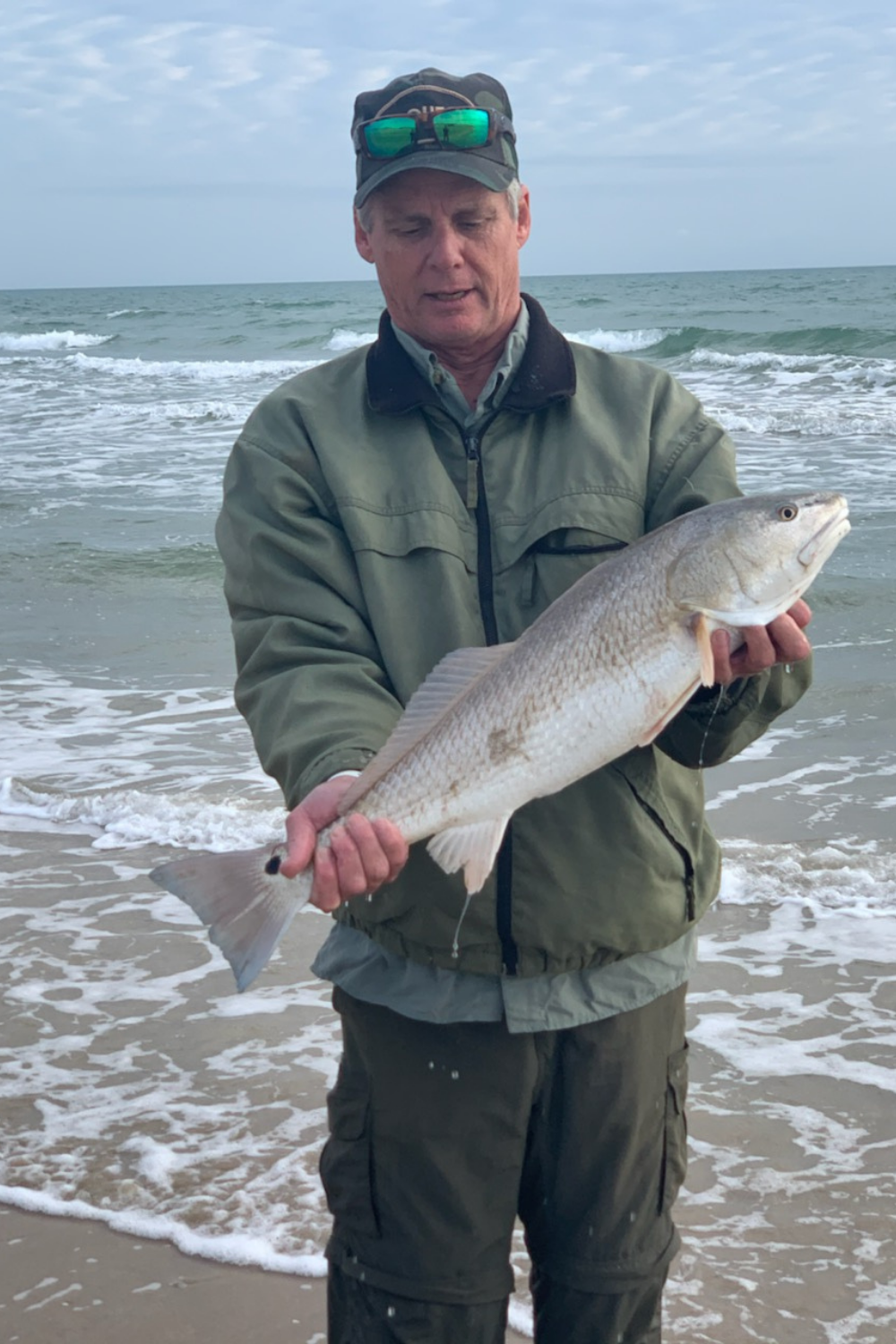
A life long surf fisherman with 50+ years of experience, I am also an avid hunter and outdoorsman. I will be sharing my passion for the outdoors with you so be prepared for hunting, fishing, camping, hiking and more. Along with gear reviews and the latest trends and innovations in the outdoor industry.
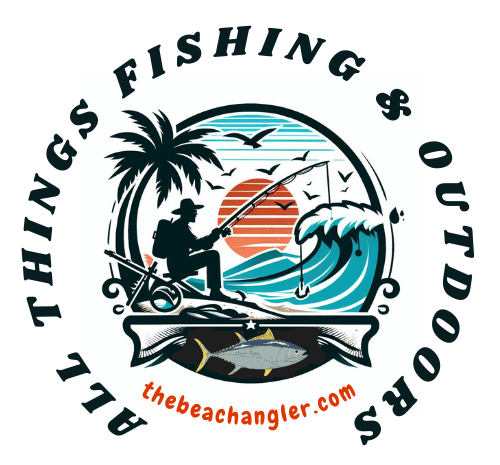
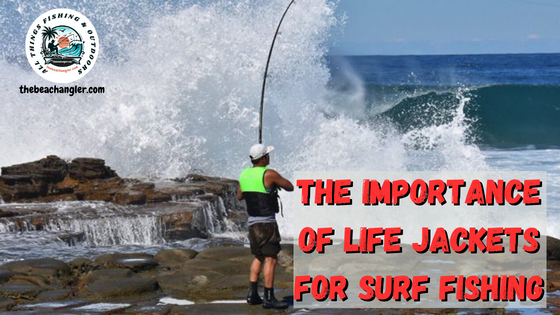
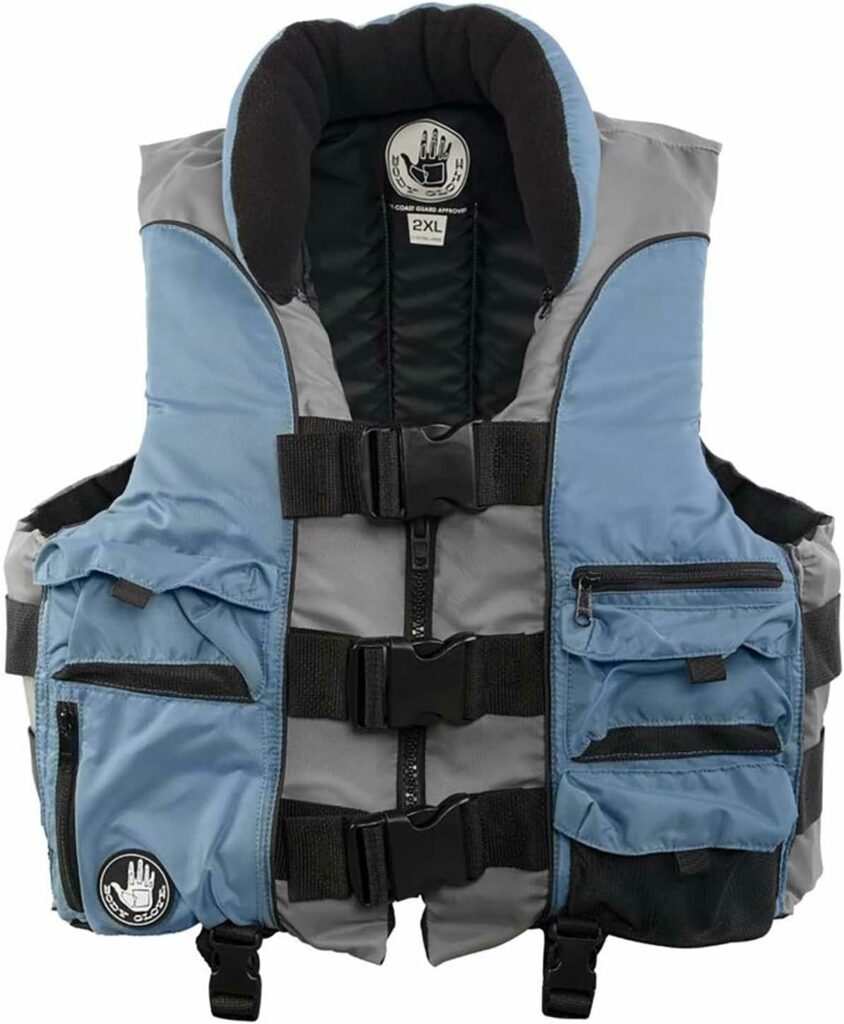
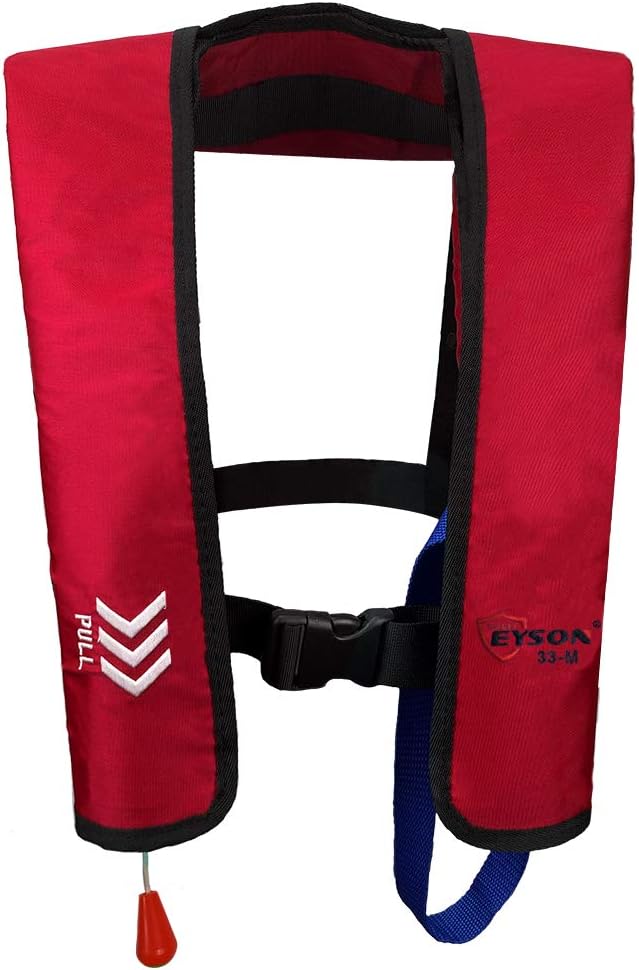
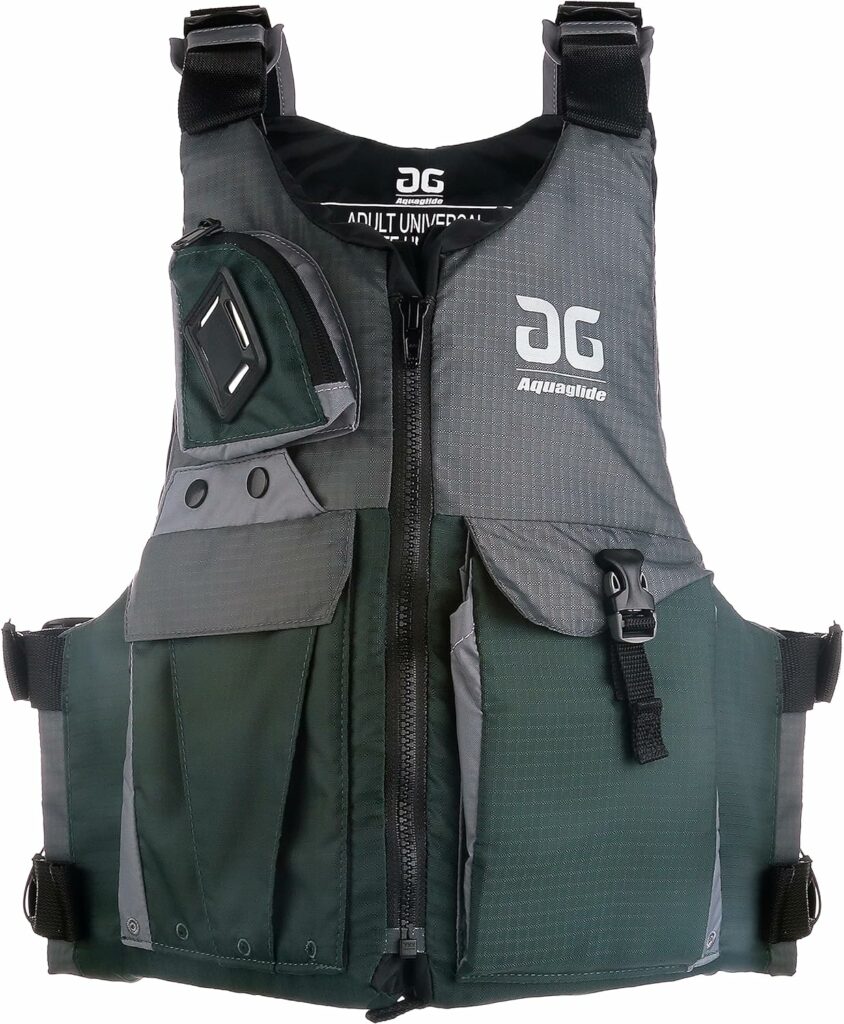

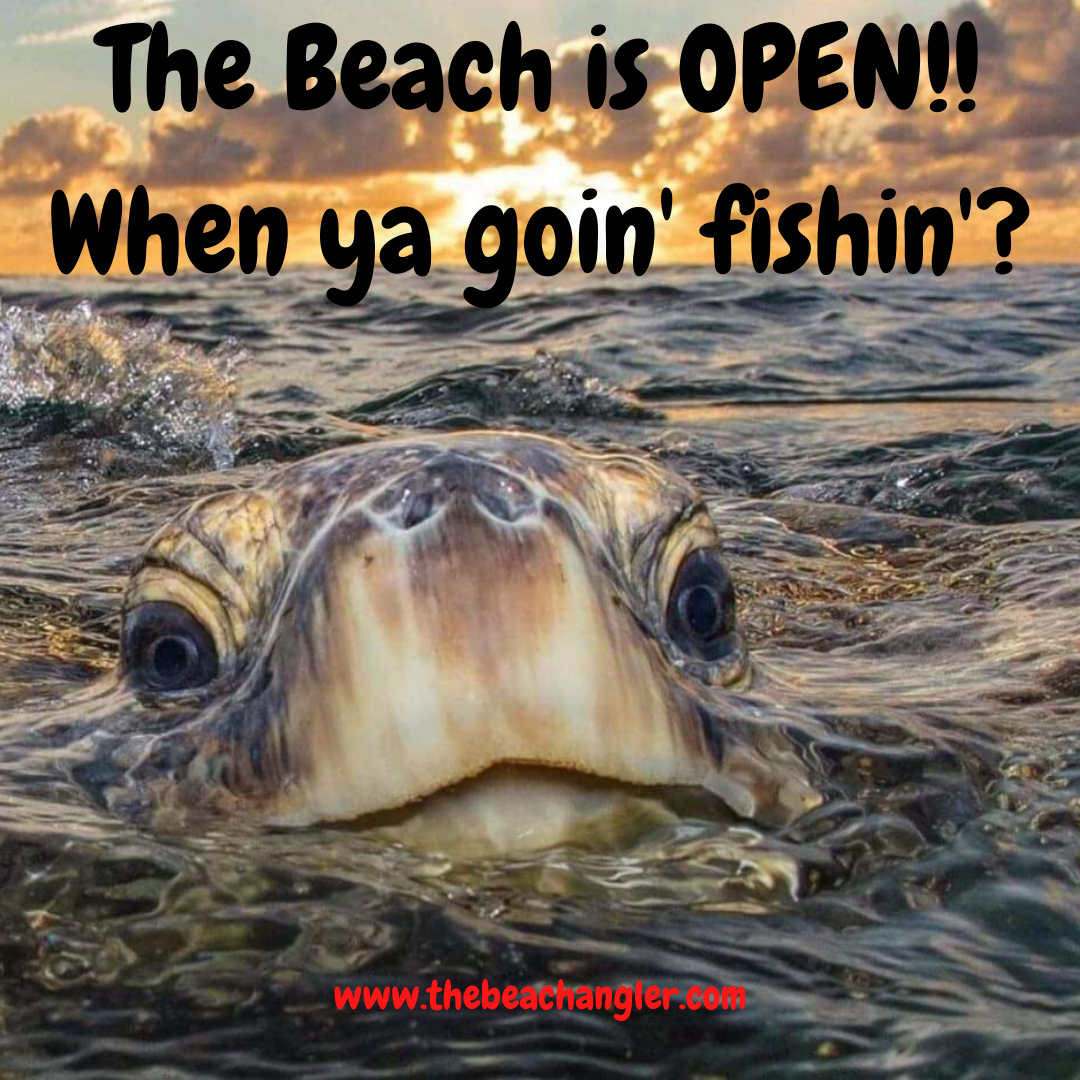
Two conditions make it more dangerous- steep beaches and fishing from the rocks. Especially rocks. There are places in Australia where people die regularly. If accidents are less common here it would be because rock fishing is less popular here. This can be a very risky sport.
Those who fish colder waters will be using waders. Wading boots make swimming difficult even if the waders don’t fill with water. Wearing a PFD over the wader can keep them from filling so rapidly.
Hey Dwight,
I agree with you. We have people far too often who drown that would have survived if they had been wearing a PFD. I know they may not be fashionable, and sometimes even uncomfortable, but better to be uncomfortable than dead.
Rex